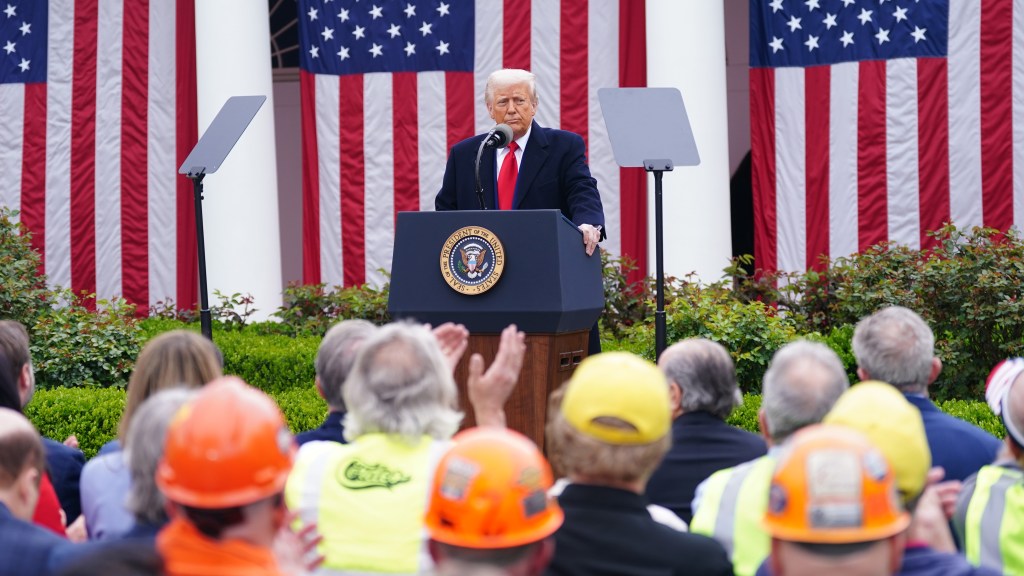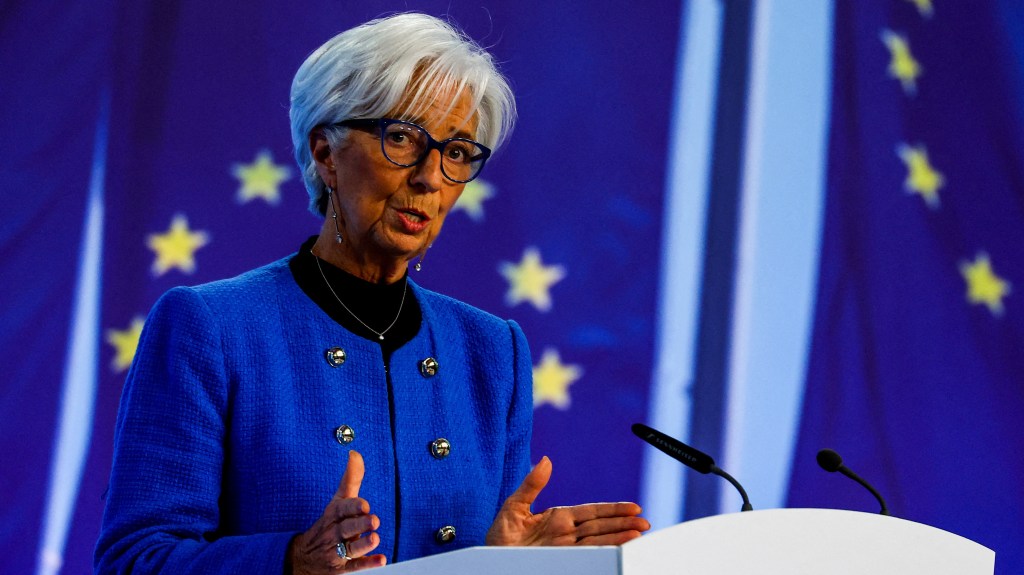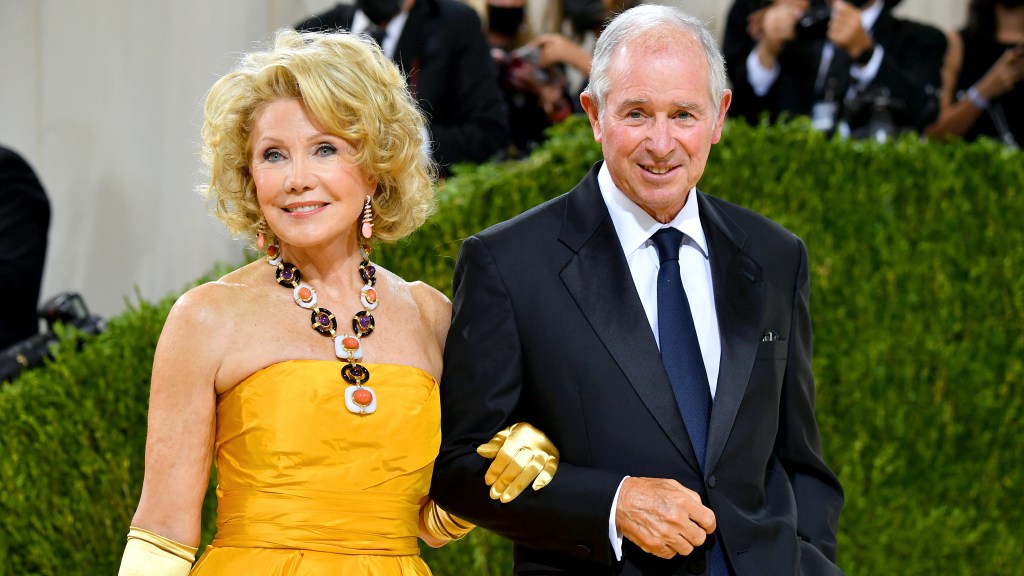World Economy Facing Significant Challenges Ahead
The global economy is poised for its most challenging year since 2008, with nearly all major economies experiencing downward revisions in growth forecasts, according to the latest report from the World Bank.
Uncertainties surrounding Donald Trump’s tariffs have resulted in a reduction of 0.5 percentage points in global GDP projections, which are now estimated at 2.3 percent for this year.
If these projections hold true for the coming two years, the anticipated average growth rate of 2.5 percent would mark the 2020s as the weakest decade for the global economy since the 1960s.
The report points to the ‘turmoil’ instigated by US trade policies as a key factor disrupting the world economy’s recovery trajectory following the pandemic and a global energy crisis over the past five years.
These projections are notably lower than those from the Organisation for Economic Co-operation and Development (OECD), which recently predicted a growth rate of 2.9 percent for the world economy this year and next, with both organizations forecasting that a full-blown recession can be averted this year.
However, the World Bank’s outlook for the US economy is more pessimistic, anticipating growth to decline to 1.4 percent this year, a decrease from the 2.8 percent growth forecast for 2024, representing a nearly 1 percentage point cut in forecasts made earlier this year.
Almost three-quarters of all economies faced reduced growth expectations this year, with the most significant downgrades seen in Thailand, South Africa, and the United States.
The World Bank also projected that the eurozone, comprising 20 countries, would grow by only 0.7 percent this year, down from an earlier expectation of 1 percent in January.
China’s growth is expected to be below its 5 percent annual GDP target, with an anticipated increase of just 4.5 percent this year, falling further to 4 percent in 2026 and 3.9 percent in 2027.
“Beyond Asia, the developing world is increasingly becoming a no-growth zone,” remarked Indermit Gill, the World Bank’s chief economist. He noted that growth rates in developing economies have consistently declined over the past three decades, dropping from 6 percent annually in the 2000s, to 5 percent in the 2010s, and now to below 4 percent in the 2020s.
The World Bank operates as a multilateral financial institution aimed at providing assistance to low-income and developing countries. Together with the International Monetary Fund, it is part of the Bretton Woods institutions created post-World War II to facilitate global economic cooperation.
During Trump’s administration, there were accusations against both the IMF and the World Bank of overreaching their missions, with calls for significant reforms in their lending practices. The US holds a major stake in both institutions, which are based in Washington, DC. The World Bank has indicated plans to lift a ban on funding nuclear energy projects following discussions with the White House.
The economic prospects report urged all nations, including lower-income countries, to work towards minimizing trade barriers.
“The evidence is undeniable: cooperation is more beneficial than the alternatives for all involved,” it stated. “Our analysis indicates that resolving current trade disputes with agreements that halve tariffs from levels seen in late May 2025 could enhance global growth by approximately 0.2 percentage points on average during 2025 and 2026.”




Post Comment